A Detailed Report on the Advantages and Disadvantages of LEO and GEO
VerifiedAdded on 2022/11/19
|6
|1062
|19
Report
AI Summary
This report provides a comprehensive comparison of Low Earth Orbit (LEO) and Geostationary Orbit (GEO) satellites, examining their respective advantages and disadvantages. The analysis begins by highlighting the benefits of LEO, such as reduced delay times, full Earth coverage, and higher elevation angles, which make them suitable for applications where real-time communication and coverage in urban areas are critical. However, it also acknowledges a key disadvantage: the need for more satellites to provide continuous coverage. The report then shifts its focus to GEO, emphasizing its advantages, including wide geographical coverage, continuous visibility from a single point, and the elimination of ground station tracking requirements. It also addresses the drawbacks of GEO, such as significant signal travel delays, which make it unsuitable for time-sensitive applications, and limited coverage near the Polar Regions. The report references several sources to support its findings, providing a well-rounded overview of the topic.
1 out of 6
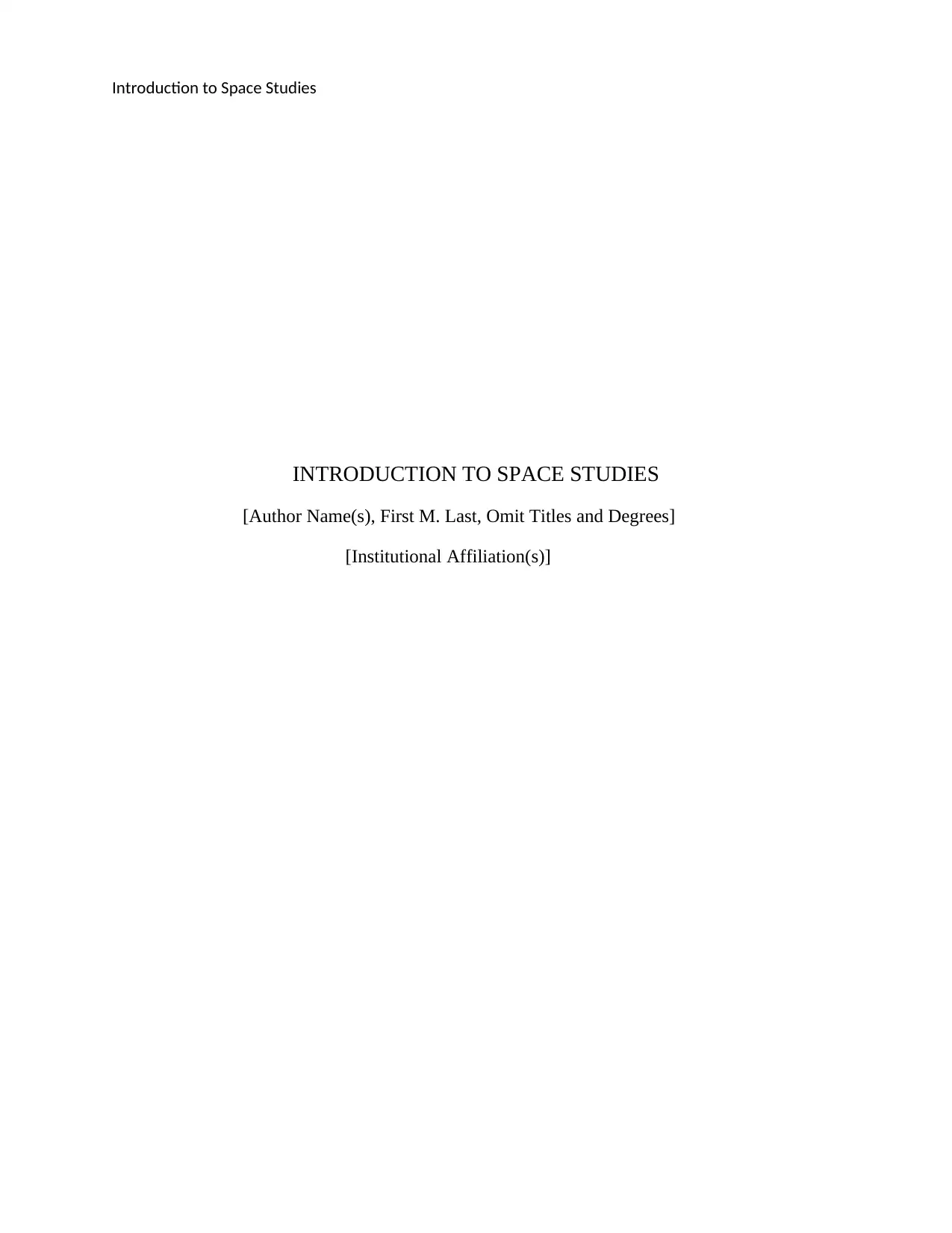
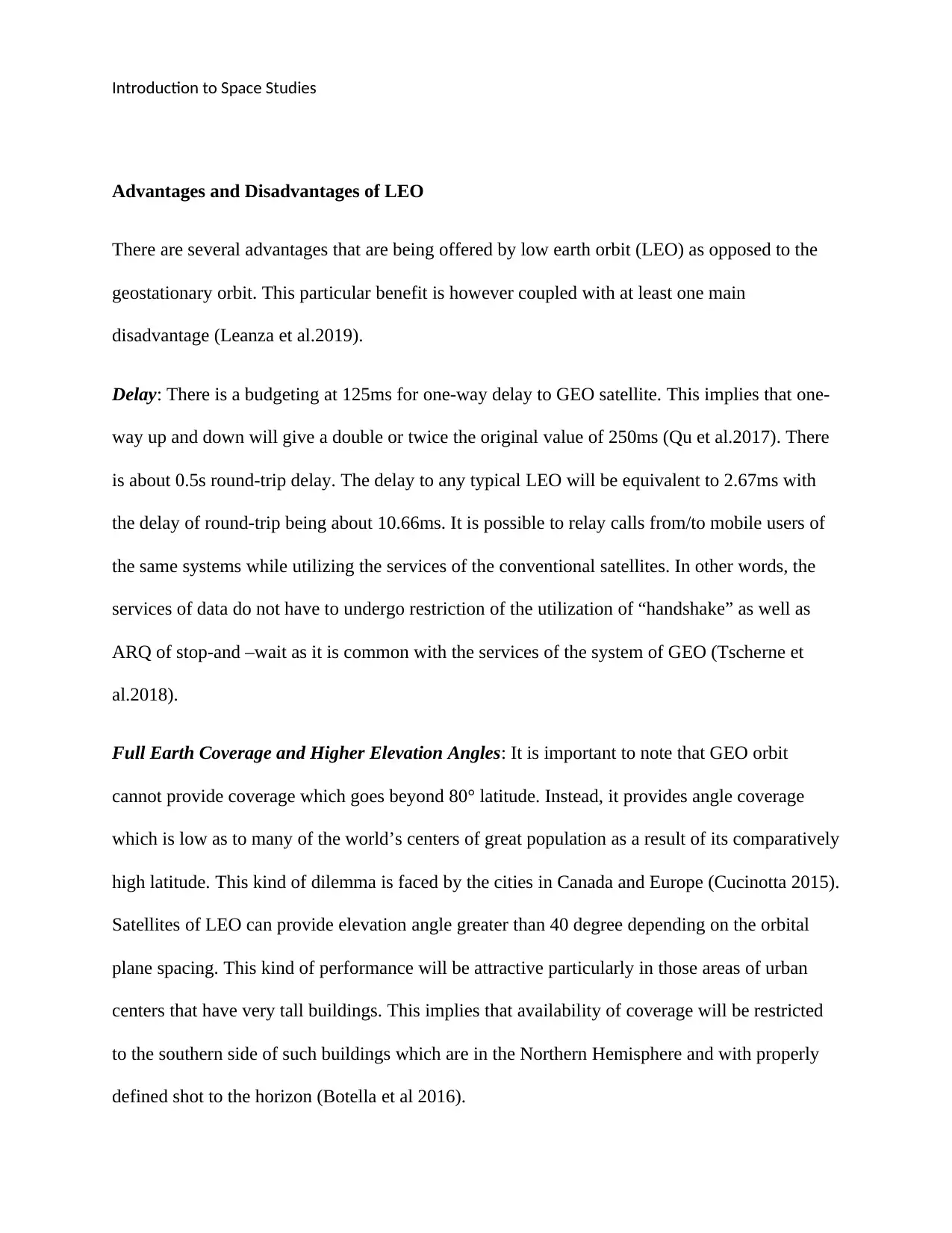
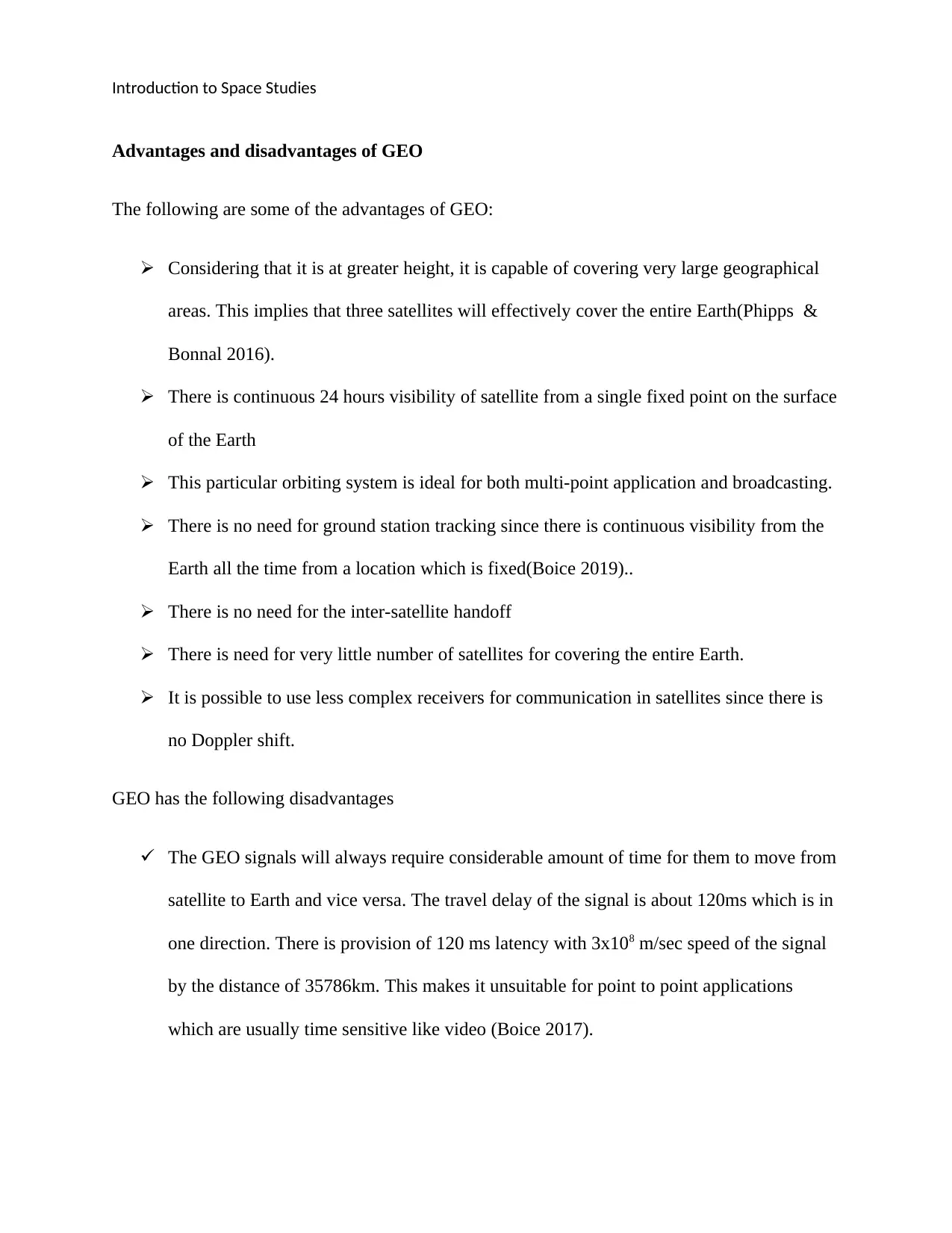

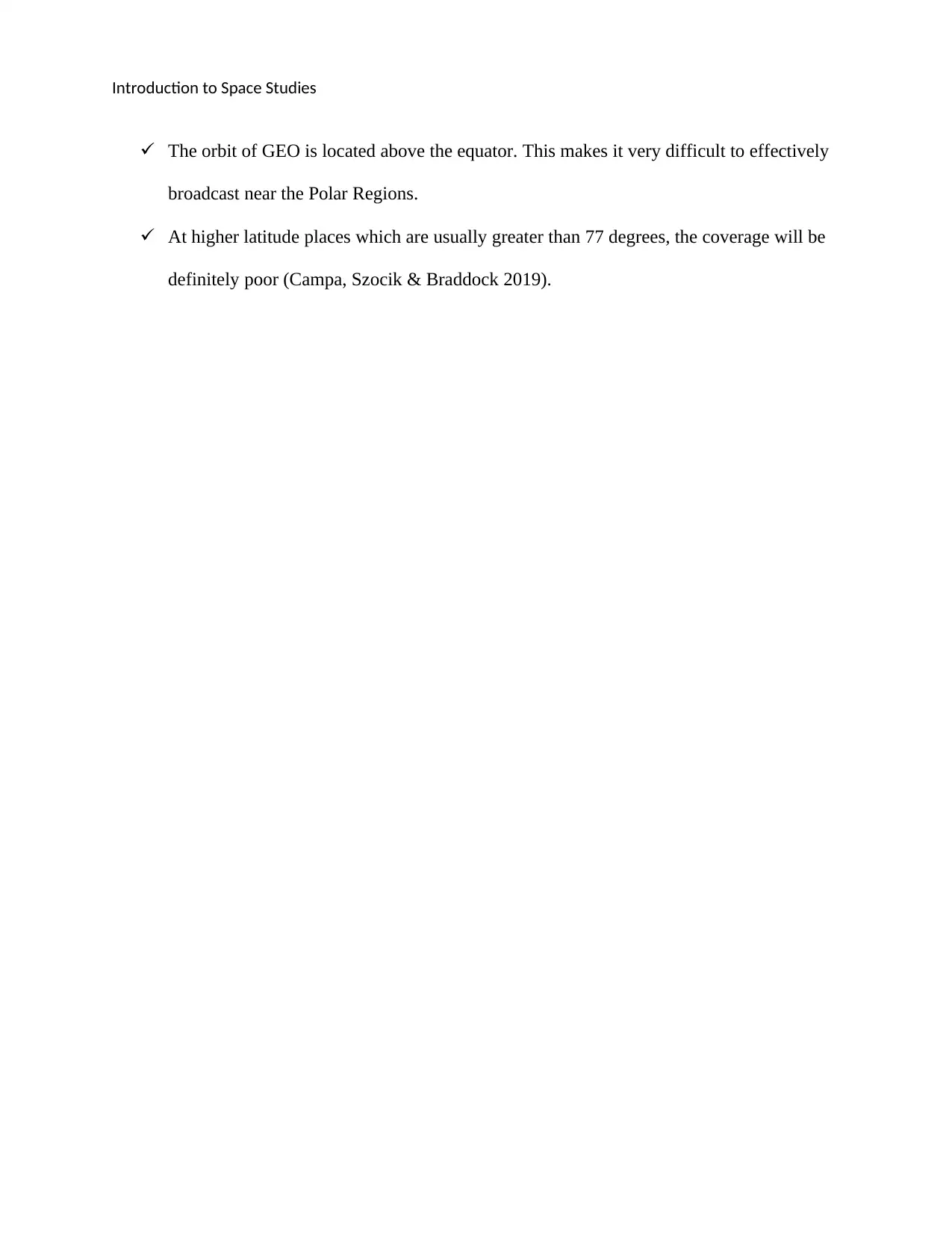
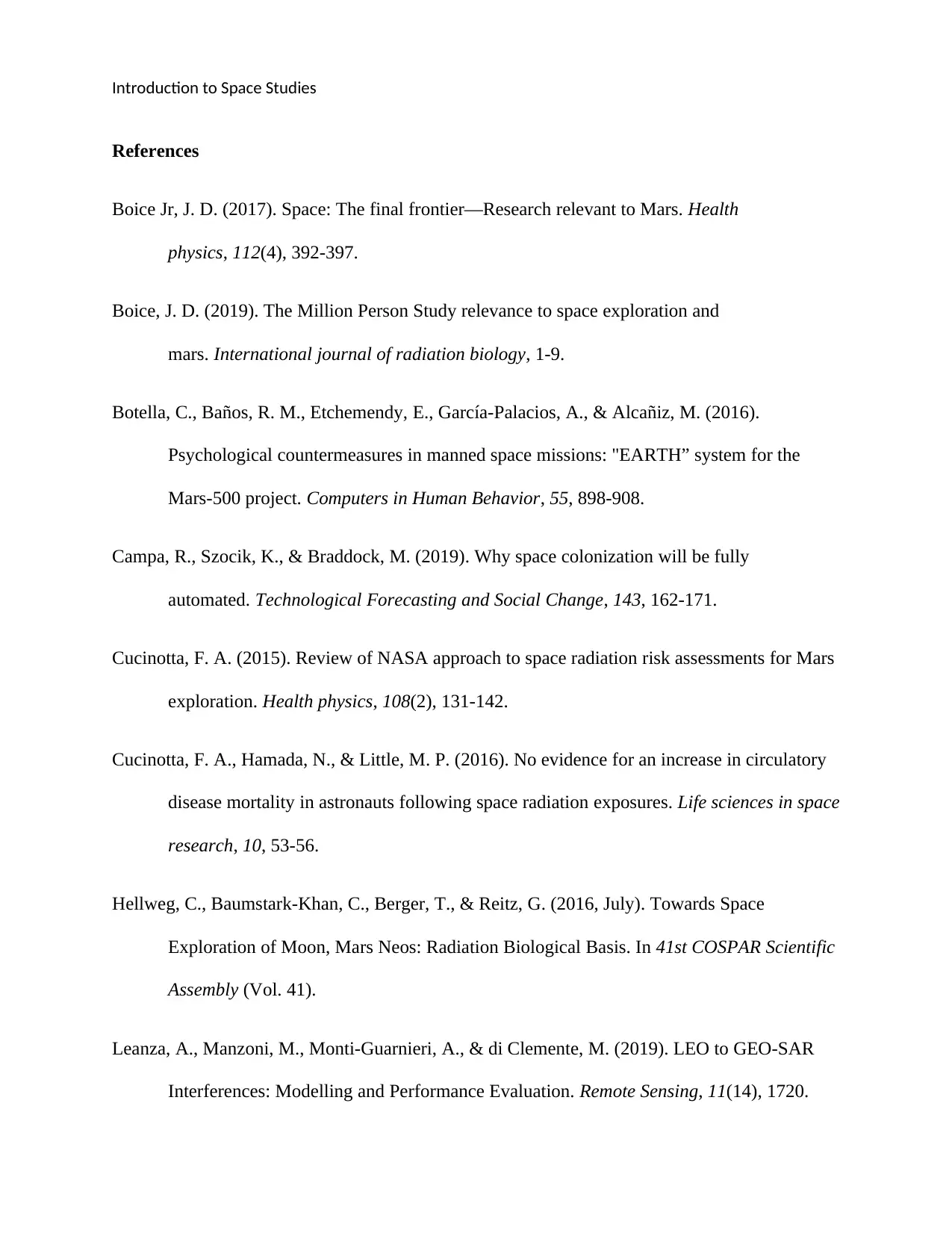
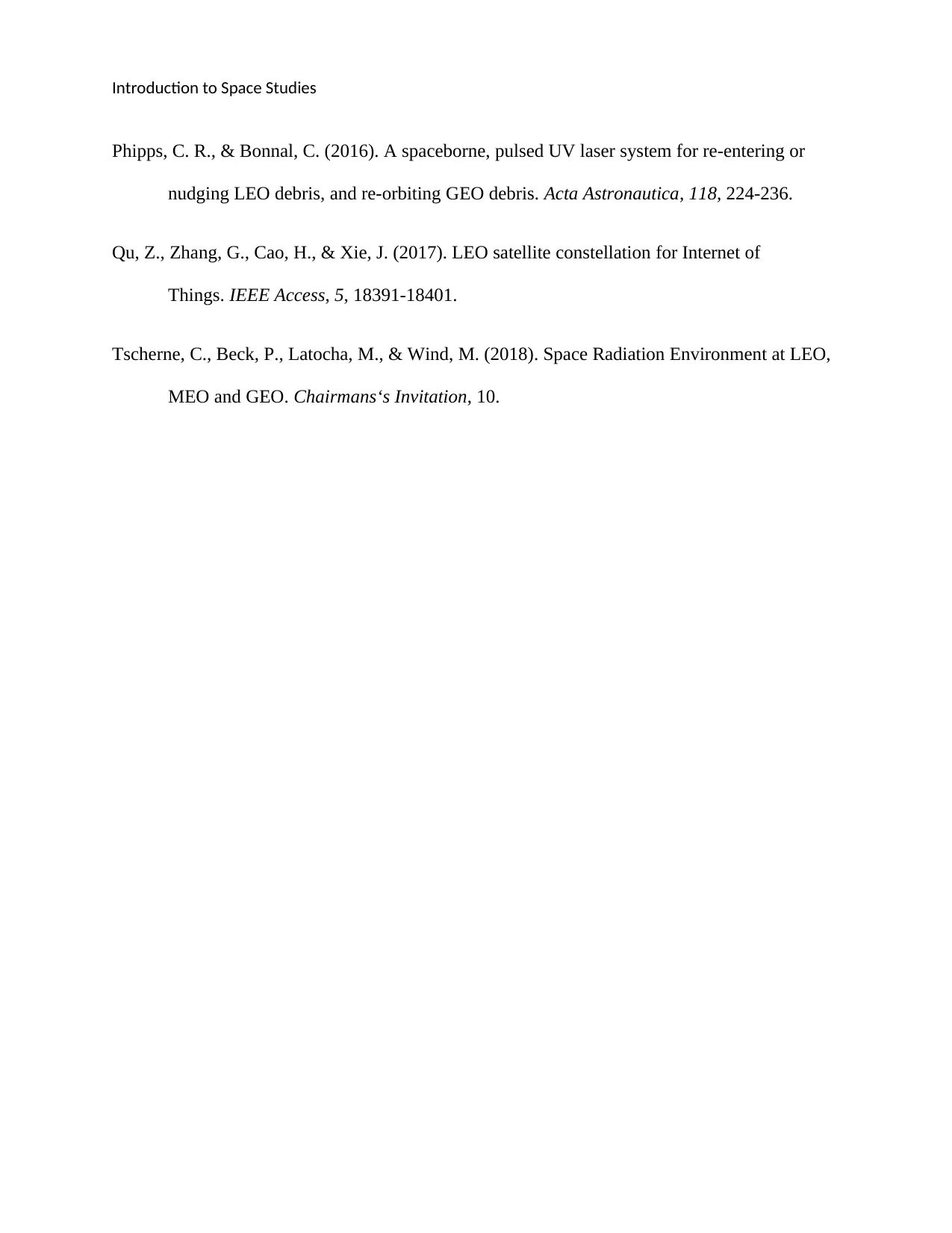
![[object Object]](/_next/static/media/star-bottom.7253800d.svg)